Ruth Salter Wainwright (1902–1984)
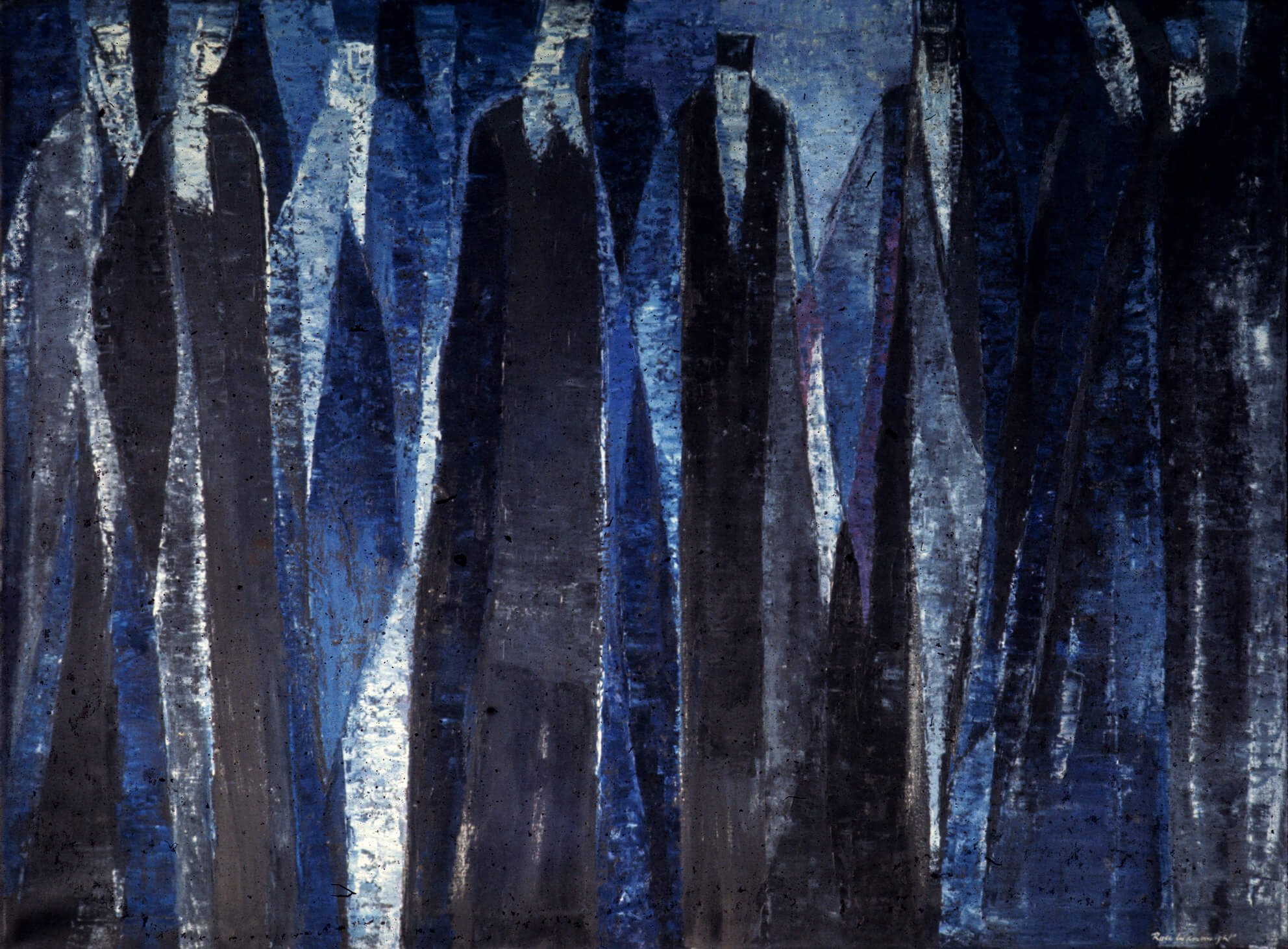
Ruth Salter Wainwright, Blue Mosque, 1965
Oil on canvas, 91.4 x 121.3 cm
Art Gallery of Nova Scotia, Halifax
Despite the dominance of Post-Impressionist-inspired landscape painting in Halifax, a few artists in the 1950s experimented with abstraction—yet none with the degree of commitment and critical success as Ruth Salter Wainwright. Throughout the 1950s and 1960s Wainwright exhibited widely in Halifax and was included in several exhibitions nationally, including touring shows organized by the National Gallery of Canada. From the 1950s to the late 1960s she was among the most prominent artists in Nova Scotia, though her career was eventually eclipsed by the rise of the Conceptual art era at the Nova Scotia College of Art and Design from 1967 onward.
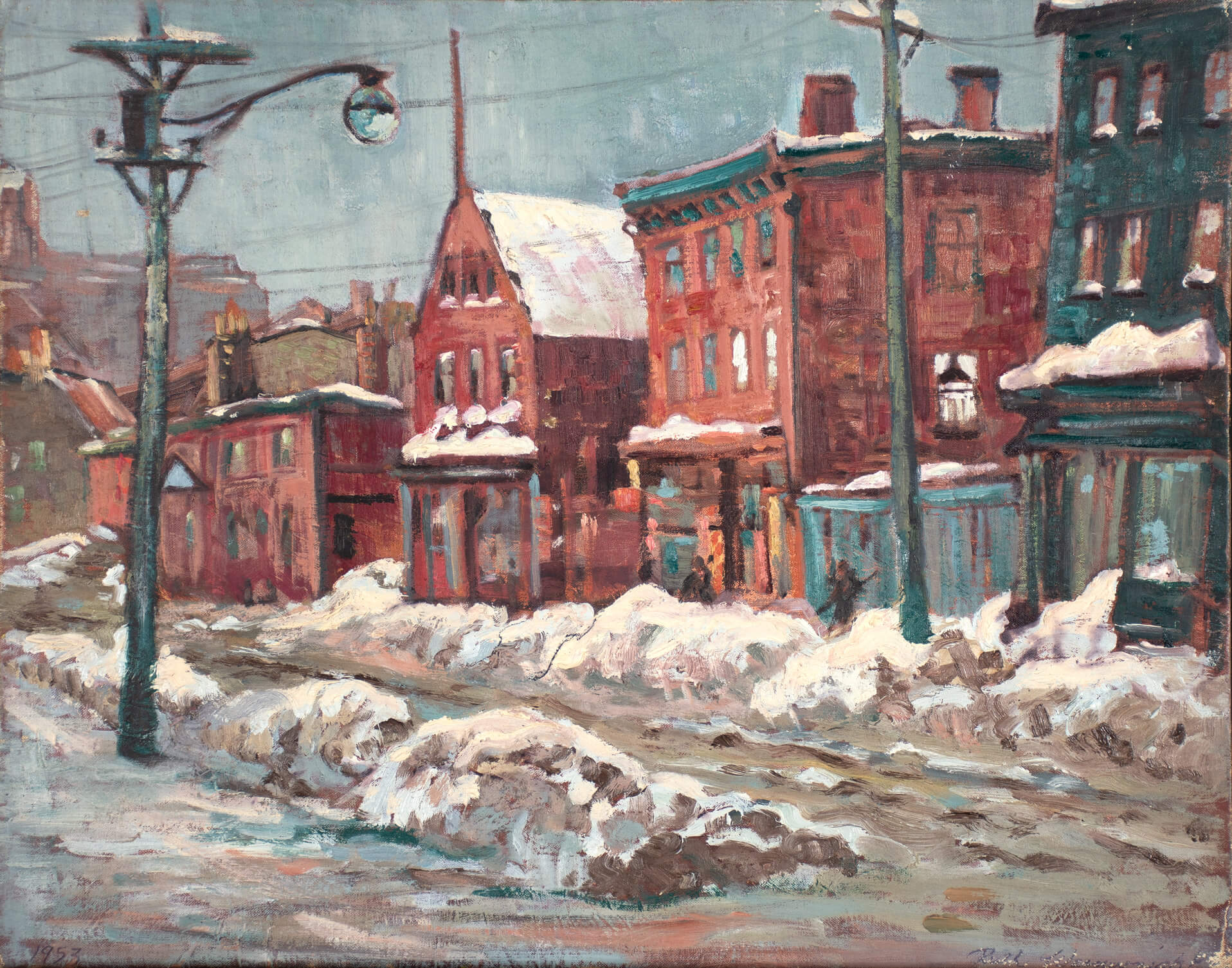
Ruth Salter was born in 1902 in North Sydney, Nova Scotia. At the age of fifteen she became a boarder at Halifax Ladies’ College and studied with that school’s art teachers, including siblings Edith Smith (1867–1954) and Lewis Smith (1871–1926). She earned a teacher’s certificate and, concurrently, a music certificate from the Halifax Conservatory of Music. She married Inglis Wainwright in 1929.
By that time she was already regularly exhibiting her work in the city. She was elected a member of the Nova Scotia Society of Artists (NSSA) in 1930 and thereafter was a regular participant in that society’s annual exhibitions. In 1938 her work was included in a national tour of works by members of the Canadian Society of Painters in Water Colour, organized by the National Gallery of Canada. Throughout the 1940s Wainwright was active in the NSSA, serving as its treasurer and on the executive council. In the 1950s she began to offer painting classes in her studio, and she became an important mentor to several younger women artists in Halifax, including Aileen Meagher (1910–1987) and Carol Hoorn Fraser (1930–1991).
Wainwright made an important turn in her practice in 1953, when she—and Aileen Meagher—attended the summer art school in Provincetown, Massachusetts, run by renowned Abstract Expressionist Hans Hofmann (1880–1966). As art historian Sandra Paikowsky writes, “Hofmann’s emphasis on the formal principles of systematic picture-making and the structural dynamic of colour offered these artists not only new pictorial means, but a new sense of professionalism.” Wainwright returned to Provincetown in the summer of 1955, and for the rest of her career she would embrace Hofmann’s tenets, becoming one of the few artists in Atlantic Canada to “explore the new territory: abstraction.” Geometric and reserved, her approach to abstraction was rational, eschewing the emotiveness of the Abstract Expressionists. She never wholly abandoned representation, basing her compositions in observed qualities of the world around her without trying to record those impressions in any sort of realistic manner.
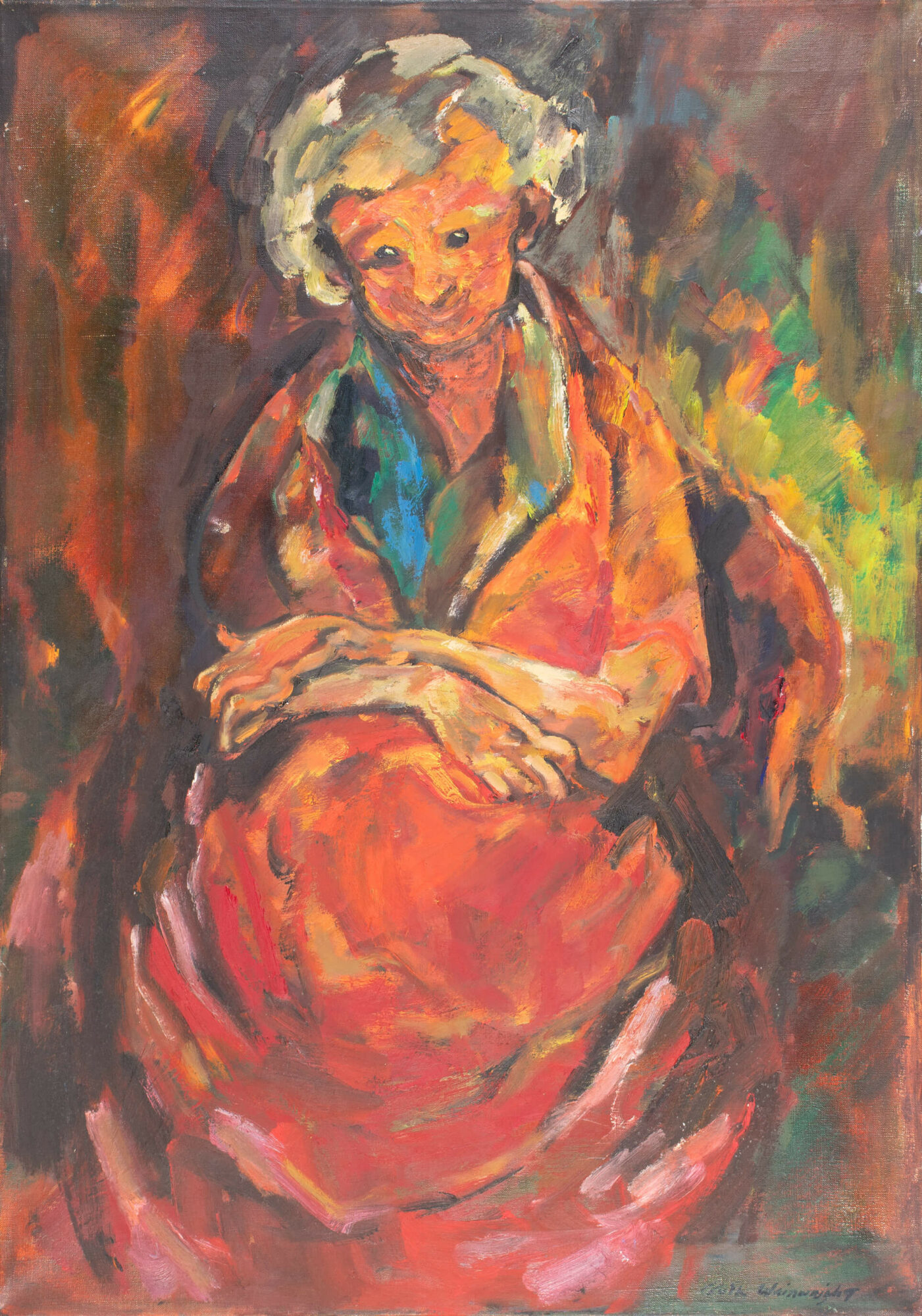
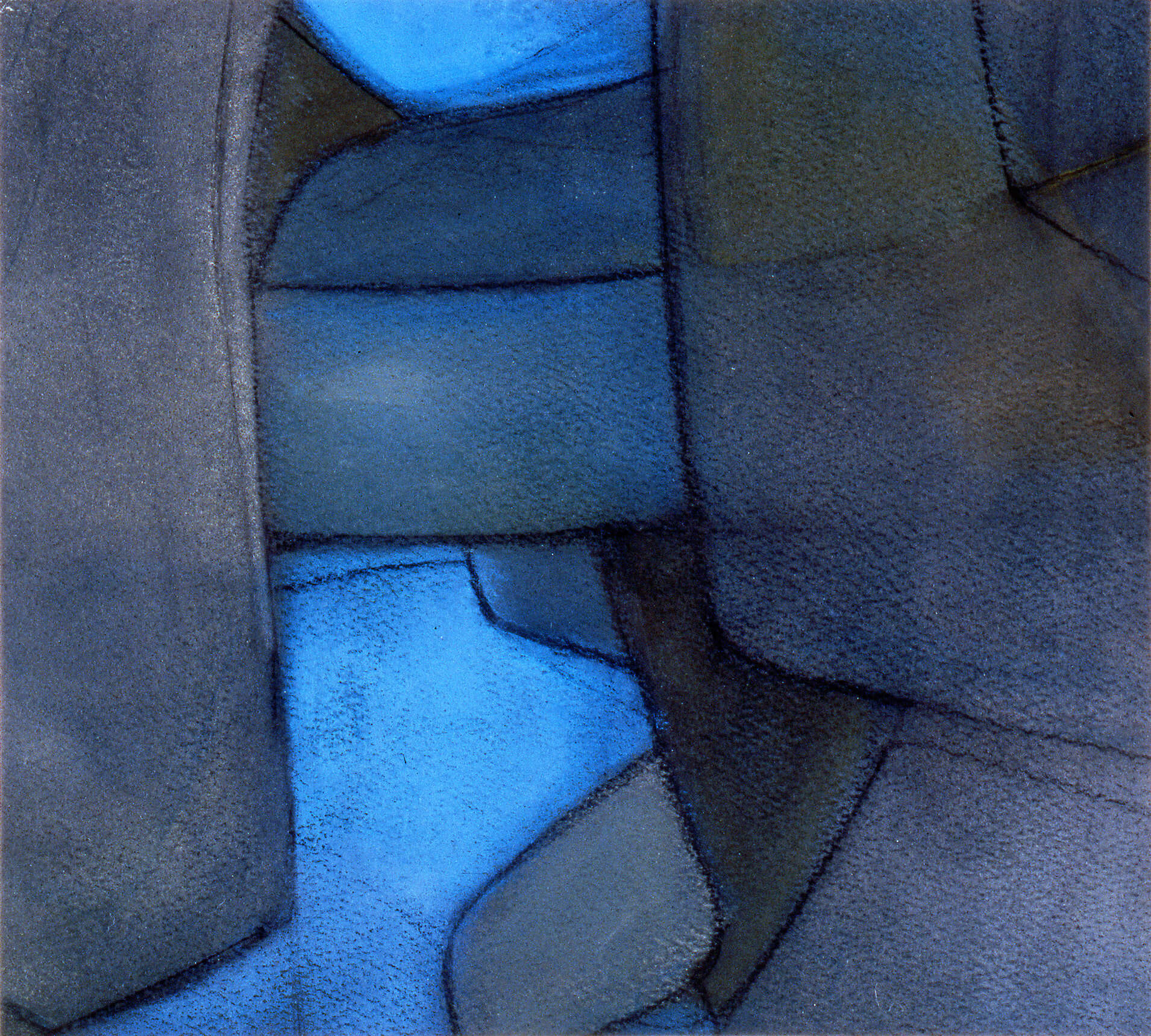
Wainwright’s change in approach brought her increasing success. In 1957 Wainwright was included in the Second Biennial of Canadian Art at the National Gallery of Canada, and in 1961 she “became both the only woman and the only Nova Scotian” included in the touring National Gallery of Canada exhibition, Six East Coast Painters. Wainwright continued to make work and exhibit into her eighties. In 1982 the Art Gallery of Nova Scotia mounted a full career retrospective of her work.

 About the Author
About the Author
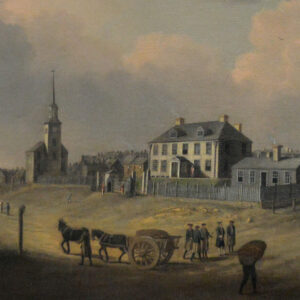 More Online Art Books
More Online Art Books
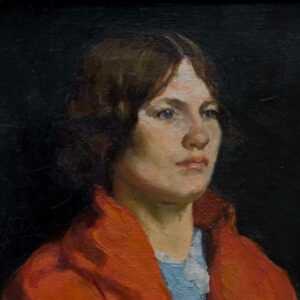 Acknowledgements
Acknowledgements